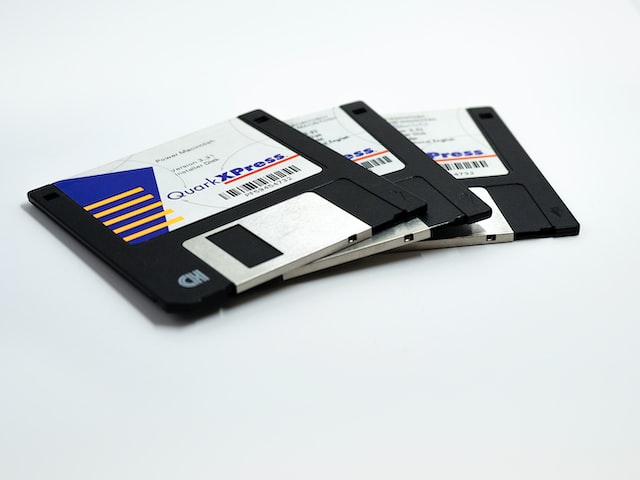EasyJet has published its roadmap outlining how it can achieve net-zero carbon emissions by 2050, following the airline’s commitment to the UN-backed Race to Zero last year. It is the most ambitious airline roadmap to-date due to its focus on new technology.
The roadmap sets out that through the adoption of a suite of measures including zero carbon emission technology, once available, the airline would be able to reduce its carbon emissions per passenger, per kilometre by 78% by 2050 (vs 2019), with residual emissions addressed by carbon removal technology taking the airline to net-zero. The airline’s ultimate ambition is to achieve zero carbon emission flying across its entire fleet.
Progress towards zero carbon emission technology is underway as partner Rolls-Royce is making the final preparations for the first ground tests of a hydrogen powered engine. This is part of easyJet’s recently announced partnership with Rolls-Royce to develop hydrogen combustion engine technology capable, among others, of powering narrowbody aircraft.
I’m delighted this ambition is soon moving one step closer today, as our partner Rolls-Royce is making the final preparations for the first hydrogen engine ground tests to commence.
Johan Lundgren, CEO of easyJet

Alongside the transition to zero carbon emission technology, the roadmap features a combination of fleet renewal, operational efficiencies, airspace modernisation, Sustainable Aviation Fuel and carbon removal technology. easyJet has long been focused on reducing its carbon emissions and, since 2000, has already reduced its carbon emissions per passenger, per kilometre by one-third.
The airline has announced a multi-million-pound fleet-wide investment into the latest aircraft technology. This will enable the airline to achieve substantial and permanent carbon emission reductions in the short-term through the optimisation of aircraft descents. easyJet has also confirmed that it has contracted all of the SAF required as reflected in its roadmap for the next five years with its supplier Q8Aviation.
“Challenging the status quo is in easyJet’s DNA – from making flying affordable for everyone over 25 years ago, to leading the sector on decarbonisation. Today, we’re the first airline to outline an ambitious roadmap in which zero carbon emission technology plays a key role to take us to net-zero emissions by 2050 and ultimately to zero carbon”, said the airline’s CEO.
The roadmap is based on today’s knowledge and technological outlook, over time individual elements may need to be adjusted and scaled up or down. The airline previously announced interim science-based target, a 35% carbon emissions intensity reduction by 2035, has been validated by the Science-Based Targets initiative (SBTi), making easyJet the first low-cost airline worldwide to announce that its interim target has been validated by SBTi.
SBTi requires airlines to decarbonise within their own operation, thus it doesn’t take into account the use of out-of-sector carbon offsetting, or other market-based mechanisms such as the EU Emissions Trading System or CORSIA. In line with this, easyJet will transition its investment from out-of-sector carbon offsetting, which it has always been clear is a short-term measure, into supporting and facilitating the individual elements of its roadmap to make net-zero a reality, as demonstrated by the investments undertaken to-date.













